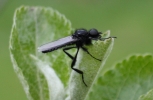Bug identification gallery
The UK has an astonishing diversity of insects and other invertebrates. Our image gallery will help you to identify some of the bugs you might encounter around your home, garden and local area.
- First, choose the relevant category below. You'll find many common species and hopefully one that looks like your bug.
- Select it to see a larger image and get more information.
If you can't find a match, you can also upload your own image to the Bug forum. Our community of users, including the Museum's expert entomologists, will try to identify it for you.
-
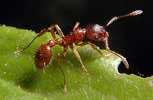
Ants
Ants have 3 fairly distinct body parts and don't usually have wings, although winged queens and males can be seen on certain summer days.
-

Bees
There are around 260 bee species in the UK, including many solitary bees, some that look similar to wasps, as well as bumblebees.
-
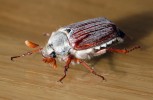
Beetles
Beetles have a hard outer case, formed by their forewings. They vary hugely in colour, shape and size. Some look particularly striking.
-
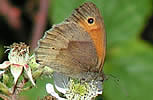
Butterflies
Butterflies and moths are very similar. There are no definitive rules for distinguishing between them. But there are clues.
-
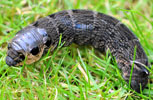
Caterpillars
The larvae of butterflies and moths are often plain brown or green, but some are brightly coloured, hairy, or have vivid markings.
-
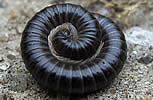
Centipedes and millipedes
Most centipedes and millipedes are long and thin, with more than 15 pairs of legs.
-
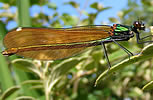
Dragonflies and damselflies
These long-bodied insects have 2 large pairs of stiff wings and are often seen near water.
-
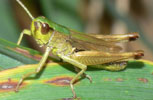
Grasshoppers and crickets
Grasshoppers and crickets have large hind legs, which allow them to jump away quickly if approached.
-
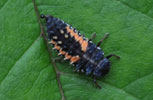
Larvae (immature bugs)
-
Moths
-

Spiders
Most large or unfamiliar-looking spiders in the UK are actually common established species.
-
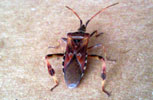
True bugs
True bugs have piercing mouth parts. Not all species have wings, but when present and folded they generally overlap.
-
True flies
True flies have a single membranous pair of wings. They vary a lot in size. Some mimic bees and wasps and can be brightly coloured.
-
Wasps
-
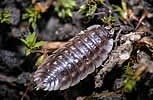
Woodlice
Woodlice live in damp environments on land. They have 7 pairs of legs and about 12 visible segments.
-
Household pests
